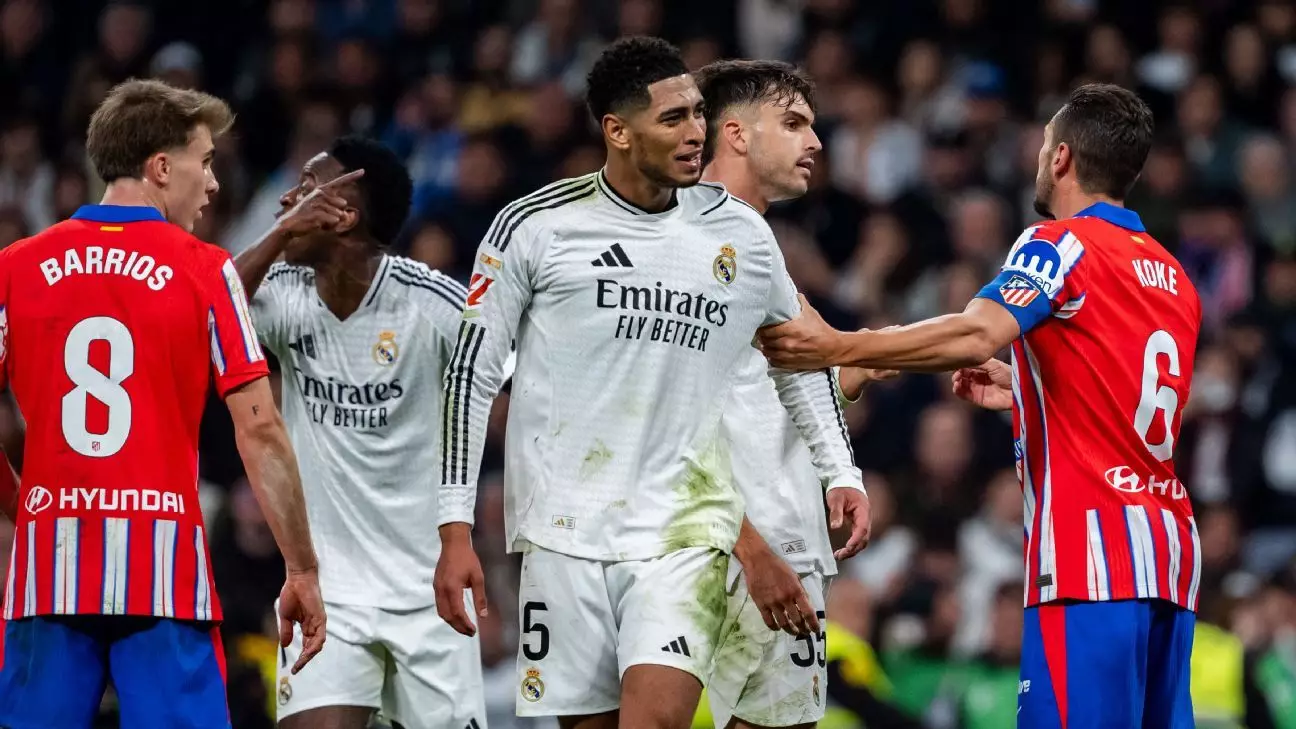The UEFA Champions League is renowned for its thrilling matches and a format that brings together Europe’s elite football clubs. As the competition transitions to the knockout phase, fans and analysts alike are keen to understand the implications of the recent draw for the round of 16. This article will dissect the structure of this prestigious tournament, the impact of league standings, and the dynamics of upcoming matchups.
This season, the Champions League has implemented a new draw system that complicates the path to the final. The initial 32 teams were divided into two distinct sections: the top eight clubs automatically advanced to the round of 16, while the teams finishing in positions nine through 24 entered a knockout playoff round. In pursuit of advancing, eight teams battled for their spot alongside the top-tiered clubs. This new layout not only emphasizes the importance of finishing high in league standings but also introduces uncertainty for clubs placed in the competitive mid-range.
The draw features elite clubs like Arsenal, Atlético Madrid, and Barcelona, who have historically defined success in European football. Meanwhile, clubs that finished 25th to 36th on the league table faced elimination, underscoring the fierce competition and the high stakes at play. With the second-leg matchups favoring the seeded teams, it will be fascinating to see how the hosts leverage their advantage.
The matchups reveal an intriguing mix of potential outcomes, with several fixtures promising to be gripping contests. Notably, Paris Saint-Germain is set to face Liverpool, a clash that sparks excitement due to the pedigree of both clubs. Meanwhile, the expectation of a classic Madrid derby between Real Madrid and Atlético Madrid adds further intrigue to the round of 16.
Upper-tier matchups tend to receive more attention, yet a more profound analysis reveals that the bottom half of the bracket, while less glamorous at first glance, presents a unique set of challenges. Barcelona, as the standout club, will likely be scrutinized closely; however, their path to potential success could see them face underdogs who are eager to make their mark on the grand stage.
The timing of matches—taking place on Tuesdays and Wednesdays—remains consistent, but what’s noteworthy this season is the elimination of the draw for quarterfinals and semifinals, solidifying a clearer roadmap of potential opponents. This predictability allows clubs to strategize for future stages, fostering a deeper sense of urgency as aspirations lean towards securing a favorable trajectory toward the final.
Looking ahead, there are critical implications for the structure of the knockout stage. As anticipated matches unfold, the UEFA Champions League quarterfinals and semifinals are expected to deliver riveting football. The first-leg fixtures set for April 8-9 and the second legs on April 15-16 will see the remaining teams battle it out for supremacy.
Particularly attention-grabbing is the potential semifinal matchups that could materialize from high placements in the league standings. For instance, if both Arsenal and Real Madrid progress, they might find themselves on a collision course, a fixture that could have far-reaching implications for their respective seasons.
The seeding system actively shapes the results by mitigating early confrontations between the strongest sides. Both Liverpool and Barcelona, having finished at the top, will only meet in the latter stages of the tournament. As a counterpoint, the unexpected league placements of traditionally strong teams like Manchester City can skew the competitiveness of early rounds. City’s 22nd-place finish left them vulnerable, positioning them against giants like Real Madrid early in the knockout phase.
The impact of league standings on the knockout phases cannot be overstated. High placements afford teams not only a psychological edge but strategic opponents tailored to their play style. The dynamics swirling around this year’s draw have accentuated the necessity for clubs to consistently perform at an elite level, not just domestically, but also in Europe.
The UEFA Champions League’s knockout phase is, as ever, the pinnacle of club football. With every match laden with historical significance and the potential for creating legends, fans can expect thrilling encounters and unfiltered passion on the pitch. As teams vie for glory, the intricacies of the draw and the subsequent ramifications will undoubtedly shape the narrative of this illustrious tournament.

